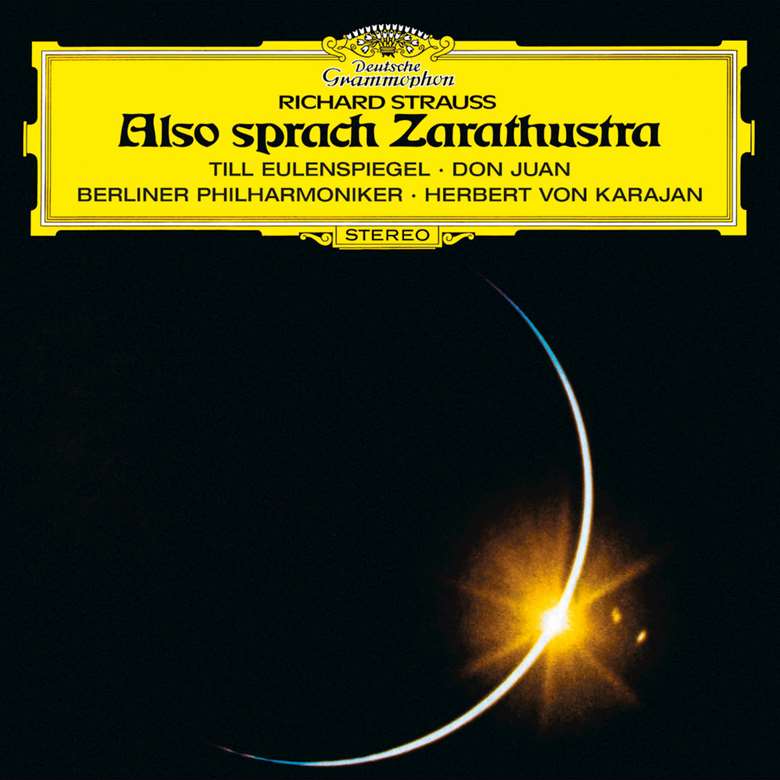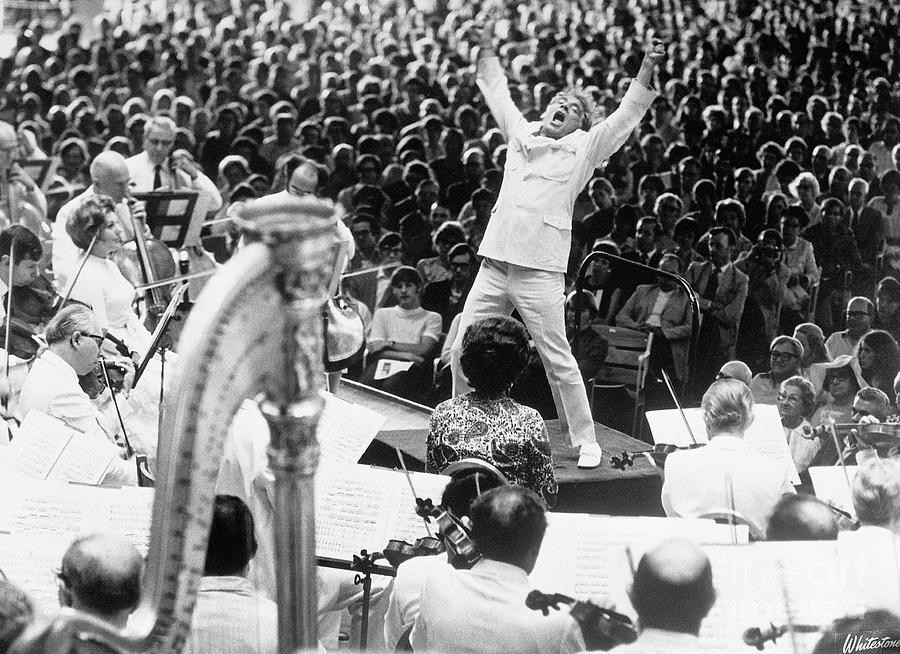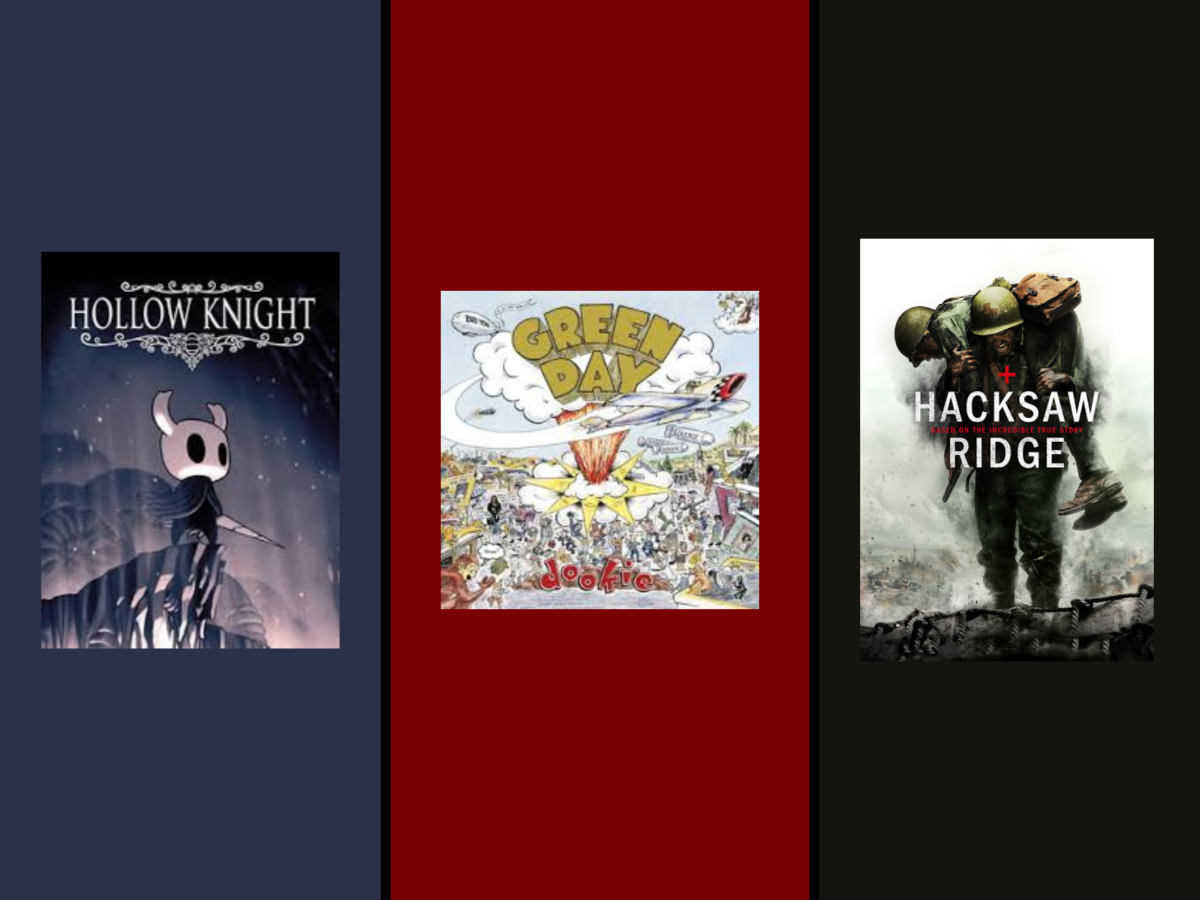1. “Adagio for Strings, Op. 11” by Samuel Barber (1936)

Samuel Barber’s “Adagio for Strings” is widely considered one of the quintessential American classical pieces, and has become America’s musical choice for mourning. It was famously played at the funeral of Franklin D. Roosevelt and after the assassination of JFK.
The piece opens with these searing melodies that build and fall gradually for about 6 minutes. The chord structures are rather simple, a choice that Barber took to allow the melodies to take charge emotionally without any added pretension. Around the 5:30 minute-mark the violins steal the spotlight and begin an intense crescendo that reaches its peak at 7 minutes in a sustained high note that is the emotional climax of the entire piece. Afterwards, the piece settles as the tone of the music becomes one of acceptance. The entirety of its 10 minute run time is a bittersweet, beautiful, and hard-to-forget masterpiece.
2. La Mer by Claude Debussy (1905)

Debussy’s classic three-movement composition is a prime example of a composer sticking to a theme and executing it with mastery and innovation. Debussy loved the sea, and in particular was inspired by “The Great Wave off Kanagawa”, a famous Hokusai painting, when composing these pieces. The movements dance and play in the beginning, mimicking the ebb and flow of the waves. Yet in certain sections the music swells violently, like a deep sea storm ready to engulf any vessel in its path.
La Mer is a corner piece of French impressionist music, and there is no set narrative or program as would be in a Strauss tone poem or an older operatic piece. Instead, Debussy excels in the abstract, letting the atmosphere of the ocean take charge in the composition. The result is an enthralling piece that demonstrates the profuse rage and beauty of the sea.
3. “Piano Concerto No. 2 in C Minor, Op. 18: 2. Adagio sostenuto” by Sergei Rachmaninoff (1901)

Few pieces in all of classical music are so well-known for their emotion and melodic power as Rachmaninoff’s “Piano Concerto No. 2 in C Minor”. Its heart-warming melodies and stirring composition evoke feelings of a man being shown the beauty of life after a deep darkness; that’s precisely what inspired it.
Rachmaninoff wrote this concerto following years of deep depression after his first symphony premiered in complete catastrophe. This depression prevented Rachmaninoff from composing for three years, but after seeking psychiatric help, he created this majestic piece synonymous with bliss and acceptance. Rachmaninoff dedicated this concerto to the psychiatrist who helped him with his depression. Isn’t that sweet?
4. Also Sprach Zarathustra by Richard Strauss (1896)

The first movement of Also Sprach Zarathustra by Richard Strauss is one of the most recognizable pieces in classical music, thanks to Stanley Kubrick using it in his film 2001: A Space Odyssey. It’s an opening movement of epic proportions, with a breathtaking climax that always makes me think of the reaches of space. It is called a tone poem because it is a musical illustration of Friedrich Nietzsche’s novel Thus Spoke Zarathustra, which is one of philosophy’s most famous novels. Unfortunately many people choose to stop there with Also Sprach Zarathustra, and disregard the rest of the tone poem, which is equally as expansive and remarkable as the famous first movement.
Take the second movement for example. The climax at the end of this movement is so stunning that if it comes on, I have to stop what I’m doing to listen to it. Thus Spoke Zarathustra is a composition that demands your attention from the very beginning and refuses to let go until the final note. For that reason, I think it is a great place to enter the realm of classical music– it is accessible and celebrated, but also gripping and monumental in scale. There’s a reason it is synonymous with the cosmos.
5. “Bolero” by Maurice Ravel (1928)

Ravel’s “Bolero” is a piece with an almost mechanical nature. The drums, which start so quietly you can barely hear them, maintain their rhythm for the entire 15:48 runtime without changing once. The melody never changes either, it’s just the same musical phrase being repeated by different instruments in the orchestra. So what makes “Bolero” worth sitting through for close to 16 whole minutes if it’s just a repetition of the same rhythm and melody?
The answer is in the crescendo. For the entire runtime, “Bolero” slowly gains steam, adding little layers and gradually increasing the volume until the piece is so loud that you feel the melody ringing in your ears and the drums pounding in your head. It’s my personal favorite climax in all of classical music– the buildup is so gradual, but the reward is so grandiose.
When Ravel first composed the melody for this piece, he said to his friend “Don’t you think this theme has an insistent quality? I’m going to try and repeat it a number of times without any development, gradually increasing the orchestra as best I can.” The result is “Bolero”– a sweeping and sultry behemoth of a piece that is among French classical music’s most famous compositions.
6. The Four Seasons by Antonio Vivaldi (1725)

Anyone who says classical music can’t be exciting should listen to “Summer” and “Winter” from Vivaldi’s The Four Seasons. Composed nearly 300 years ago, these pieces still hold power today as artistic representations of the two most extreme seasons– summer is unrelenting and frenzied, while winter is calculated and cold.
The other two pieces, “Autumn” and “Spring”, are a bit more tame, reflecting the mild nature of those seasons. But they are still beautiful compositions that engage the mind and ears, and shouldn’t be ignored just because “Summer” and “Winter” are the powerhouse compositions.
There’s a reason The Four Seasons has stood the test of time for close to 300 years. Sure, they offer meaningful contemplation on nature and its beauty, but the reason people still listen to these compositions is their versatility. I have teammates whose warm-up song on the way to matches is “Winter”, I personally listen to “Spring” when I do homework, and I like to listen to “Summer” when I exercise. The best part about Vivaldi’s The Four Seasons is that they can be played almost anywhere, for almost any reason.
7. Daphnis et Chloe by Maurice Ravel (1912)

For me, Ravel’s tour de force is Daphnis et Chloe, a choreographic symphony based on a Greek tale of love by writer Longus. It is a soaring composition that genuinely makes me stop whatever I am doing when it comes on.
This is especially true for the first part of the third movement, titled “Lever de jour (Sunrise)”. In my opinion this is the closest anyone has ever got to capturing the divinity of nature. It is extremely multi-layered, with complex harmonies that mirror the sounds of birds chirping and animals frolicking, and its climactic moments contain such awe and reverence that it’s hard to pay attention to anything else.
If I were to recommend one piece of classic music to capture the beauty of the genre, it would definitely be “Lever de jour” from Daphnis et Chloe. In my immediate knowledge, no other piece of classical music can move me like that one can, and for that reason it is the perfect example of the emotion and power that great classical music can hold.
P.S. Some versions don’t have the chorus– always look for one with the chorus.














